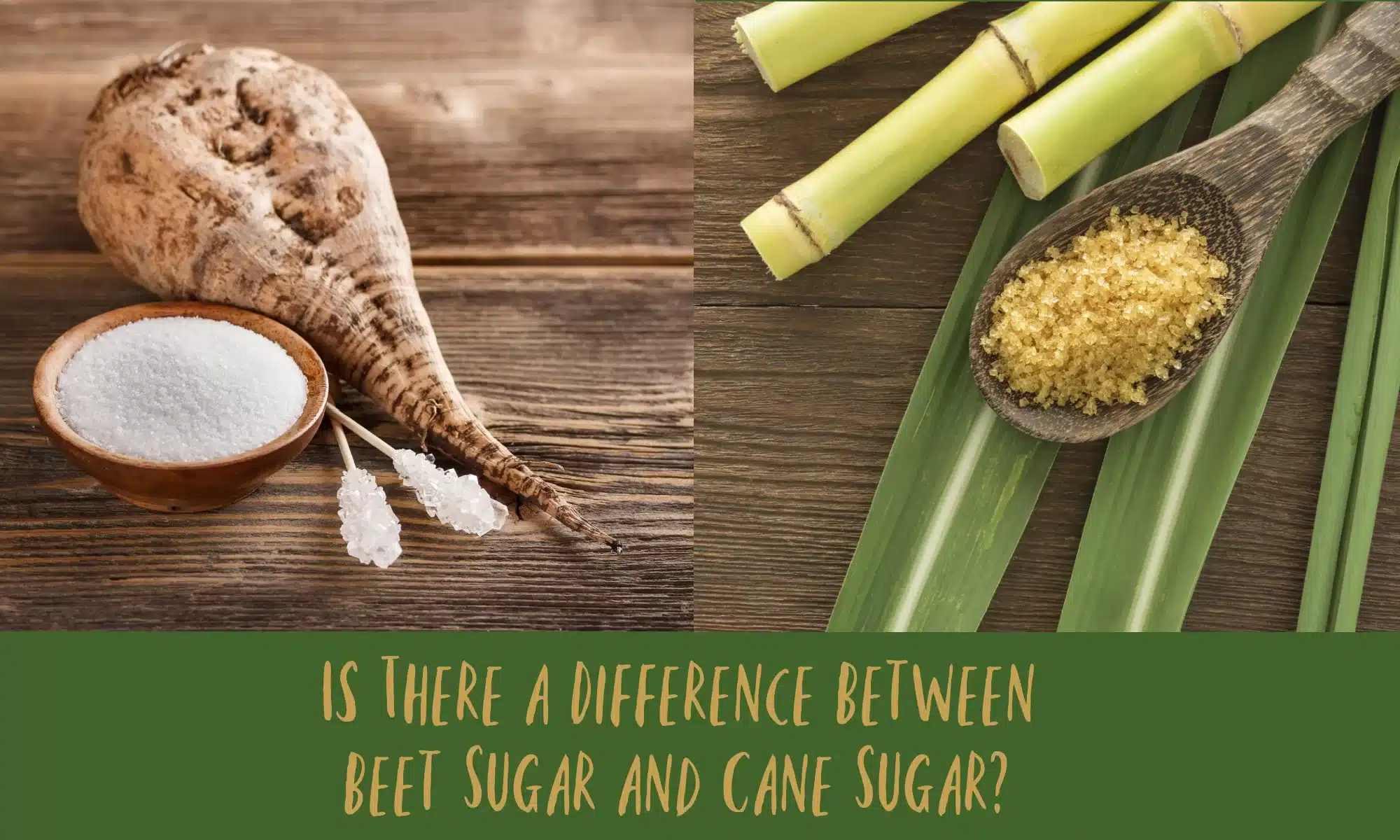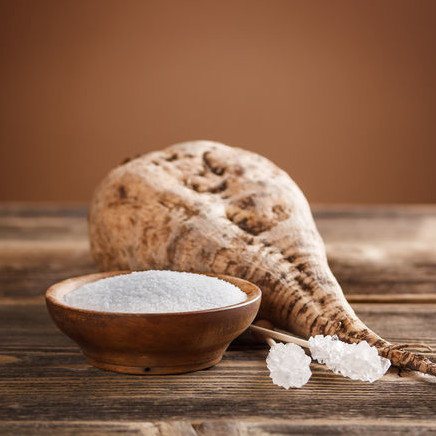Discover the Uses and Advantages of Beet Sugar Vs Cane Sugar in Your Daily Diet Regimen
Discovering the distinctive top qualities of beet and cane sugar discloses even more than simply their sweetening capacities; it highlights their distinct effect on health and wellness and culinary arts. Beet sugar, recognized for its subtle flavor, is frequently favored in delicate desserts, whereas cane sugar, with its hint of molasses, adds splendor to robust recipes. Each kind holds its own nutritional account and glycemic implications, inviting a deeper understanding of their duties in a balanced diet and lasting consumption methods.
Origin and Manufacturing Processes of Beet and Cane Sugar

The distinct environments and dirt types required for growing sugar beetroots and sugarcane add to distinctions in their growing techniques and geographical circulation, affecting the economics and sustainability of their manufacturing. beet sugar vs cane sugar.
Nutritional Contrast In Between Beet Sugar and Cane Sugar
In spite of stemming from various plants, beet sugar and cane sugar are nutritionally very similar, both mostly being composed of sucrose. Each offers concerning 4 calories per gram, translating to roughly 16 calories per teaspoon. Structurally, both sugars are composed of roughly 99.95% sucrose, with marginal amounts of various other compounds like moisture and trace element, which do not significantly change their dietary accounts.

Inevitably, when picking in between beet sugar and cane sugar based upon dietary web content alone, both offer identical advantages and downsides as they are basically forms of the exact same molecule-- sucrose, offering fast power without other nutrients.
Influence on Wellness: Glycemic Index and Caloric Material
Checking out better into the effects of beet sugar and cane sugar on wellness, it is very important to consider their glycemic index and caloric web content. Both sugars are categorized as sucrose, which includes sugar and fructose. This make-up leads them to have a comparable impact on blood sugar degrees. The glycemic index (GI) of both beet and cane sugar is around 65, classifying them as high-GI foods, which can create fast view website spikes in blood sugar degrees. This is an important facet for individuals taking care of diabetes or those trying to support their power degrees throughout the day.
Each kind of sugar includes around 4 calories per gram, making their caloric web content equivalent. For those checking caloric intake, specifically when handling weight or metabolic wellness problems, recognizing this equivalence is crucial (beet sugar vs cane sugar). Excessive usage of any kind of high-calorie, high-GI food can add to wellness concerns such as obesity, heart illness, and insulin resistance.
Environmental and Economic Factors To Consider of Sugar Production
Beyond wellness influences, the manufacturing of beet and cane sugar additionally raises considerable ecological and economic concerns. Sugar beet cultivation has a tendency Discover More Here to call for cooler environments and has a reduced geographical impact compared to sugar cane, which grows in exotic regions.
Additionally, using chemicals and plant foods in both beet and cane sugar growing can cause dirt degradation and contamination, more impacting biodiversity and regional water bodies (beet sugar vs cane sugar). The option between growing sugar beet or cane commonly rests on regional ecological problems and economic elements, making the sustainability of sugar manufacturing an intricate issue
Culinary Applications and Flavor Differences
While the ecological and economic aspects of sugar production are without a doubt considerable, the option in between beet and cane sugar also affects cooking applications and flavor accounts. Beet sugar, obtained from the sugar beet plant, is recognized for its extremely neutral preference.
Cane sugar, extracted from sugarcane, often preserves molasses traces, which present a distinct richness and deepness. This small molasses taste enhances the complexity of baked goods, sauces, and sauces. It is specifically preferred in products where a sugar undertone is wanted, such as in brownies or gingerbread. In addition, the mild variation in wetness material view it now in between beet and cane sugar can affect the appearance and consistency of dishes, making cane sugar a preferred option for particular recipes that profit from its distinct properties.

Verdict
Finally, both beet and cane sugar have distinctive origins and manufacturing processes, supplying comparable nutritional profiles with slight distinctions in salt material and taste. While their effect on health and wellness, particularly regarding glycemic index and calories, is comparable, the choice in between them usually steams down to ecological, economic aspects, and certain culinary demands. Recognizing these aspects can assist consumers in making notified choices that align with their health and wellness goals and flavor preferences.
Comments on “Understanding beet sugar vs cane sugar helps buyers make informed choices about their sweeteners.”